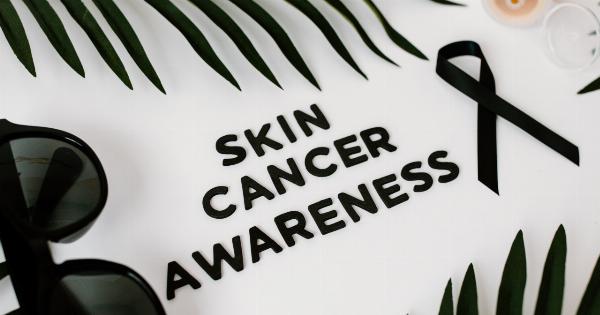Eye tattoos, also known as scleral tattoos or corneal tattoos, have gained significant popularity in recent years as a unique and alternative form of body modification.
This controversial trend involves injecting ink into the whites of the eyes to create vibrant and striking designs.
The Rise of Eye Tattoos
The fascination with eye tattoos has been observed in various subcultures, including the body modification community, extreme enthusiasts, and even some celebrities.
With social media platforms showcasing these intricate and eye-catching designs, it has piqued the interest of many individuals seeking to express themselves in unconventional ways.
However, before delving into the world of eye tattoos, it is crucial to consider the potential risks and whether this latest fashion craze is truly safe.
The Procedure and Risks of Eye Tattoos
Eye tattoos involve injecting a small amount of ink into the white part of the eye, known as the sclera. The procedure is performed by a trained professional or a licensed ophthalmologist.
The ink used in eye tattoos is different from traditional tattoo ink and is specifically formulated to be safe for ocular use.
Despite precautions, eye tattoos pose several risks due to the sensitive nature of the eye and its intricate anatomy. Some potential risks associated with eye tattoos include:.
1. Vision Problems
Eye tattoos have the potential to cause vision problems, including blurred vision, double vision, or even partial loss of vision.
This risk arises due to the injection of ink into the sclera, which can disrupt the delicate structures of the eye responsible for clear vision.
2. Infection
Any invasive procedure carries a risk of infection, and eye tattoos are no exception. The injection of ink into the sclera can introduce bacteria or other pathogens, leading to infections that can potentially spread to other structures of the eye.
3. Allergic Reactions
Some individuals may experience allergic reactions to the ink used in eye tattoos. These reactions can range from minor irritations to severe allergic responses that can affect the overall health of the eyes.
4. Eye Irritation and Dryness
Eye tattoos can cause significant eye irritation and dryness. The injected ink can disrupt the natural tear film and lead to dry eyes, increasing the risk of discomfort, redness, and ocular surface damage.
5. Corneal Abrasions
The process of injecting ink into the sclera can result in corneal abrasions, which are scratches or injuries on the surface of the cornea.
Corneal abrasions can cause significant pain, discomfort, and potential long-term complications if not managed properly.
6. Damage to the Ocular Structures
Eye tattoos pose a risk of damaging the delicate structures of the eye, such as the cornea, conjunctiva, or even the iris. Invasive procedures on these structures can lead to permanent damage and vision impairment.
The Importance of Professionalism and Safety
It is crucial to emphasize that eye tattoos should never be attempted by inexperienced or untrained individuals. Only licensed ophthalmologists or professionals with specific training in ocular tattoos should perform these procedures to minimize risks.
Before deciding to get an eye tattoo, individuals should thoroughly research and consult with a reputable professional to discuss the potential risks, benefits, and alternatives.
The Legal and Ethical Aspects
The legality of eye tattoos varies across different jurisdictions. Some countries or states may have specific regulations or outright bans on this practice due to the potential risks involved.
It is important to adhere to the legal requirements and consider the ethical implications of permanently altering the eye’s appearance.
Conclusion: Proceed with Caution
While eye tattoos may seem like an intriguing and daring fashion statement, they come with inherent risks and potential complications.
The eyes are sensitive organs responsible for vision, and any procedure involving them should be approached with extreme caution.
Potential risks include vision problems, infection, allergic reactions, eye irritation, corneal abrasions, and damage to ocular structures.
It is essential to prioritize safety, professionalism, and consultation with trained experts before considering an eye tattoo.






























